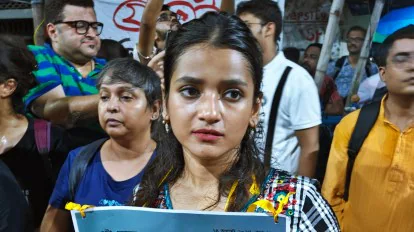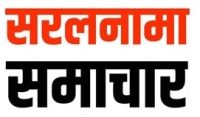Noida 29 August 2024: In a recent legal development that has captured widespread attention, the Calcutta High Court has granted permission for protestors to march to West Bengal’s State Secretariat, Nabanna, in connection with the heinous RG Kar rape-murder case. This decision has sparked intense debate and drawn focus to the ongoing issues surrounding justice and public demonstrations in the state. Here’s a detailed look into the circumstances leading to this significant judicial ruling.
Background of the RG Kar Rape-Murder Case
The RG Kar rape-murder case involves the brutal assault and killing of a young woman in the RG Kar Medical College and Hospital. The case has generated massive outrage due to the gruesome nature of the crime and the alleged involvement of individuals in positions of power. The victim’s family and supporters have been vocal in their demands for justice, highlighting the slow pace of legal proceedings and the perceived inadequacies in the investigation.
The Calcutta High Court’s Ruling
In a move that has been interpreted as a response to growing public unrest, the Calcutta High Court allowed protestors to march to Nabanna, the West Bengal State Secretariat. This decision came after persistent appeals from the victim’s family and various civil society groups, who argued that their right to protest peacefully was being unjustly restricted. The court’s ruling is seen as an effort to balance the need for maintaining public order with the fundamental right to demonstrate and voice grievances.

Reasons Behind the Court’s Decision
- Right to Protest: The court acknowledged the fundamental right of citizens to express their dissent through peaceful protests. In democratic societies, such demonstrations are a crucial mechanism for holding authorities accountable and pushing for necessary reforms.
- Public Outcry: The RG Kar case has triggered significant public outcry, reflecting widespread dissatisfaction with the current handling of the case. Allowing the march to Nabanna was seen as a way to channel this anger constructively and ensure that the authorities are compelled to address the concerns raised by the protestors.
- Judicial Oversight: By permitting the march, the court also aimed to exert judicial oversight over the protest process, ensuring that it remains orderly and does not devolve into violence or chaos. This approach underscores the court’s role in facilitating lawful demonstrations while preventing potential disruptions.
Implications of the Decision
The Calcutta High Court’s ruling has several implications:
- Increased Public Pressure: The march to Nabanna is expected to amplify public pressure on the West Bengal government and law enforcement agencies to expedite the investigation and ensure that justice is served in the RG Kar case.
- Political Repercussions: The decision may have political ramifications, as it places additional scrutiny on the state’s handling of high-profile cases and public grievances. Political leaders and parties may use the situation to their advantage, potentially influencing upcoming elections and policy decisions.
-
Legal Precedents: The ruling could set a precedent for future cases where public demonstrations are involved. It underscores the judiciary’s role in mediating between state authority and individual rights, potentially shaping the landscape of protest laws and practices in India.
Read More: Uttarakhand: 186 Villages Identified for Herbal Medicine Cultivation, Report Sent to AYUSH Ministry
